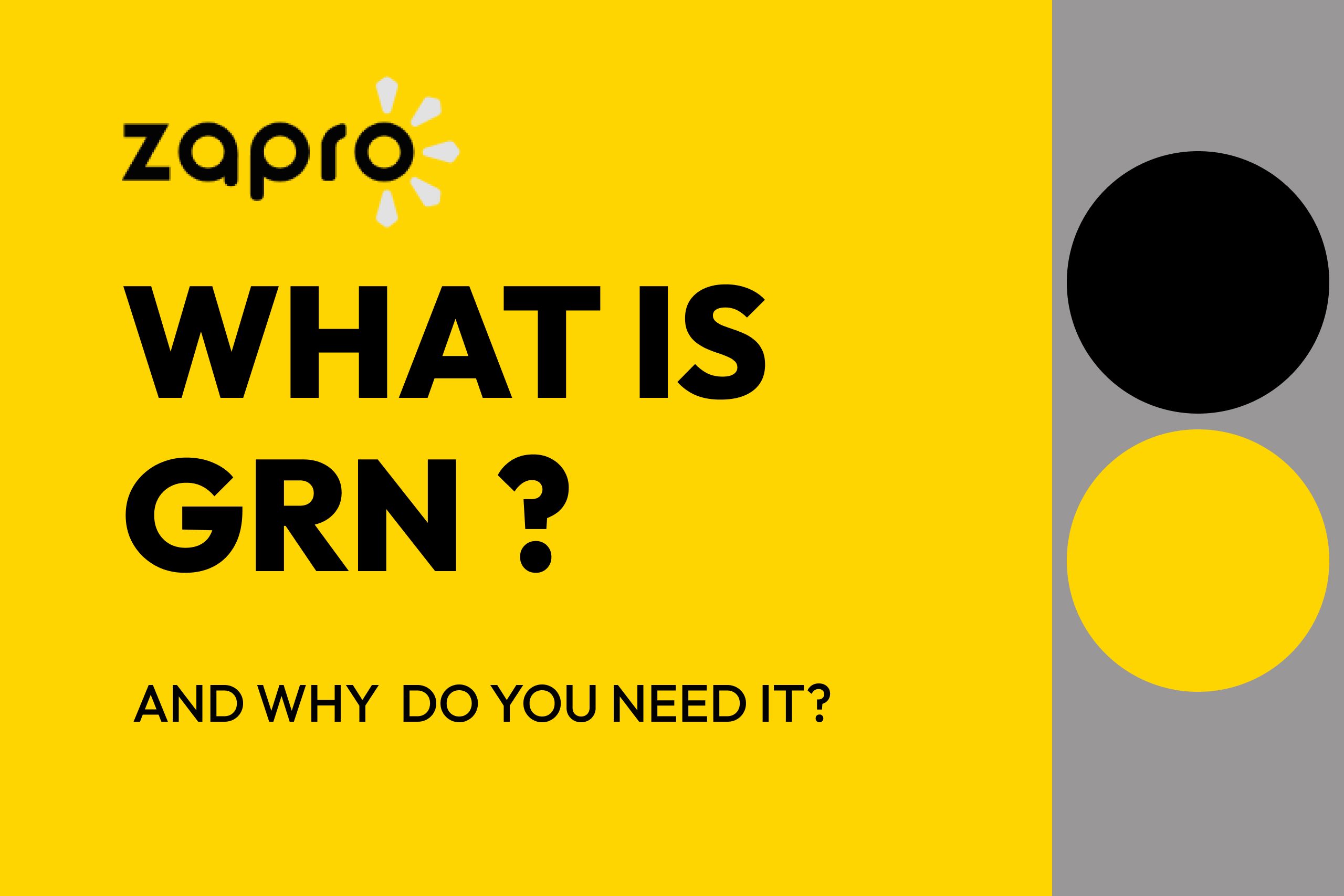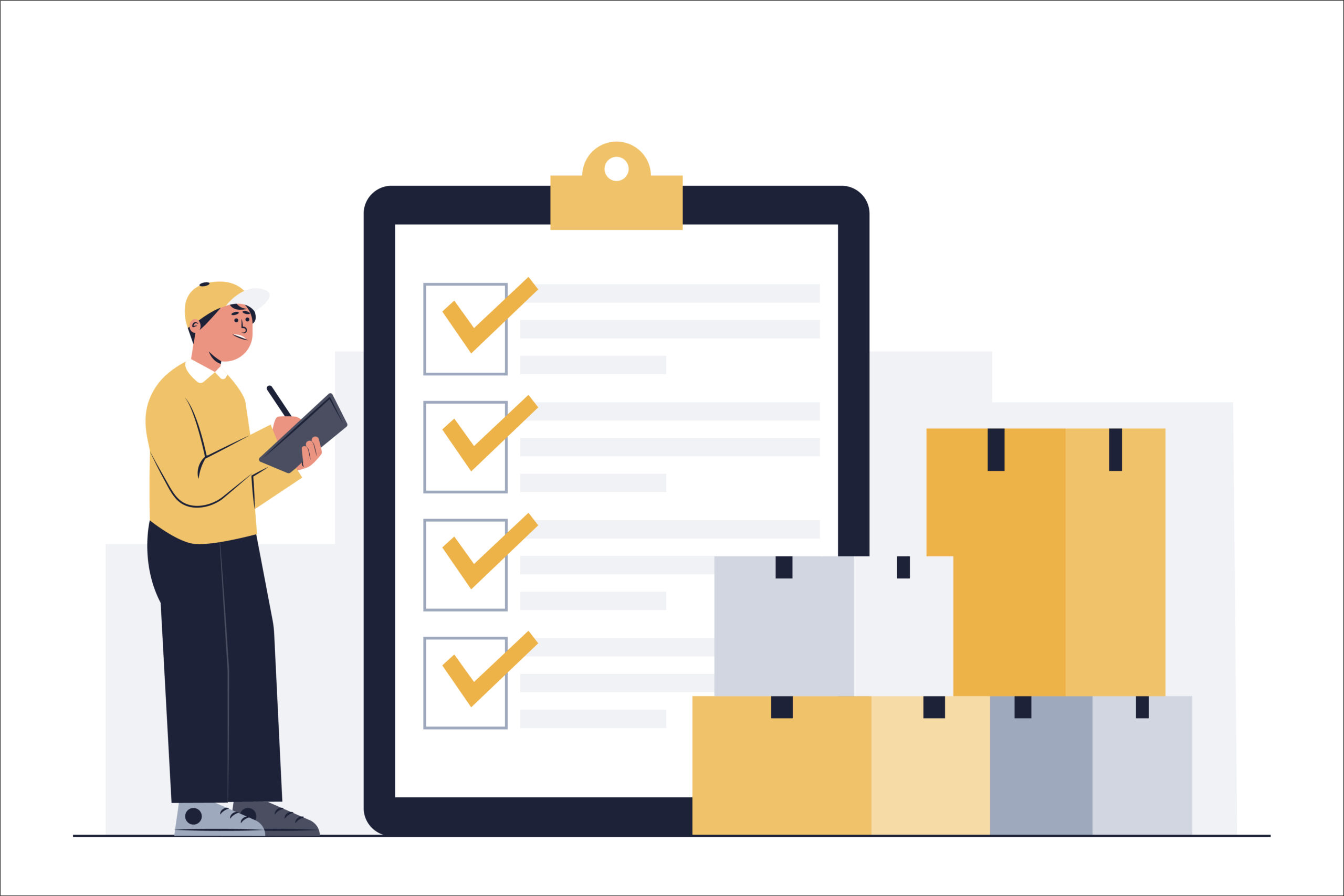Procurement
Corporate safety and security are bigger issues than ever. Support employee safety and reduce risk while bringing peace-of-mind to your employees.
Articles about Procurement

The Future of Procurement: Trends and Strategies for Sustainable Success
Procurement is no longer about purchasing goods and services; it has evolved into a strategic function crucial for organizational success.

The Complete Procurement Process: From Procure to Pay
In today’s competitive business landscape, optimizing procurement processes is critical for achieving operational efficiency and financial effectiveness. The procure-to-pay (P2P)

Top 7 Key Challenges in Procurement and Supply Chain Management (2024)
Introduction In the dynamic landscape of procurement and supply chain management, navigating challenges has become more complex and critical than

Strategic Procurement: Key Tactics for Maximizing Value and Minimizing Risk
Introduction In the fast-paced and competitive world of business, strategic procurement plays a crucial role in ensuring that organizations achieve

What is Goods Receipt Note (GRN) & Why Do You Need It
In the bustling world of business transactions, efficiently managing the inflow of goods is as critical as breathing for

Procurement vs Purchasing: Key Differences Unveiled
What is the difference between procurement and purchasing? Procurement refers to the strategic process of sourcing goods and services, focusing

What are the Essential Elements of Effective Procurement Contracts?
I. Introduction In the intricate world of business, procurement contracts are the foundation for acquiring goods and services. These contracts,

How to Streamline Your Procurement Process with Purchase Orders
Procurement can feel like a complex web of invoices, suppliers, and endless back-and-forth communication, but it doesn’t need to be

How to Create a Successful Procurement Contract
Procurement contracts are essential for ensuring that both parties in a transaction have a clear understanding of their responsibilities and

6 Common Mistakes to Avoid When Creating Purchase Orders
Creating purchase orders (POs) is a critical part of the procurement process, ensuring that businesses obtain the goods and services
About Zapro
With Zapro, you get a powerful toolkit to streamline your Procure to Pay processes. Our features include Automated Procurement, AP Automation, Sourcing, Contracts, Travel & Expense Management, Integrations, Compliance, Reports & Analytics, Support offerings, and Data Insights. We make operations simpler, boost efficiency, ensure compliance, provide valuable analytics, and offer comprehensive support, empowering your business to achieve the best procurement outcomes.